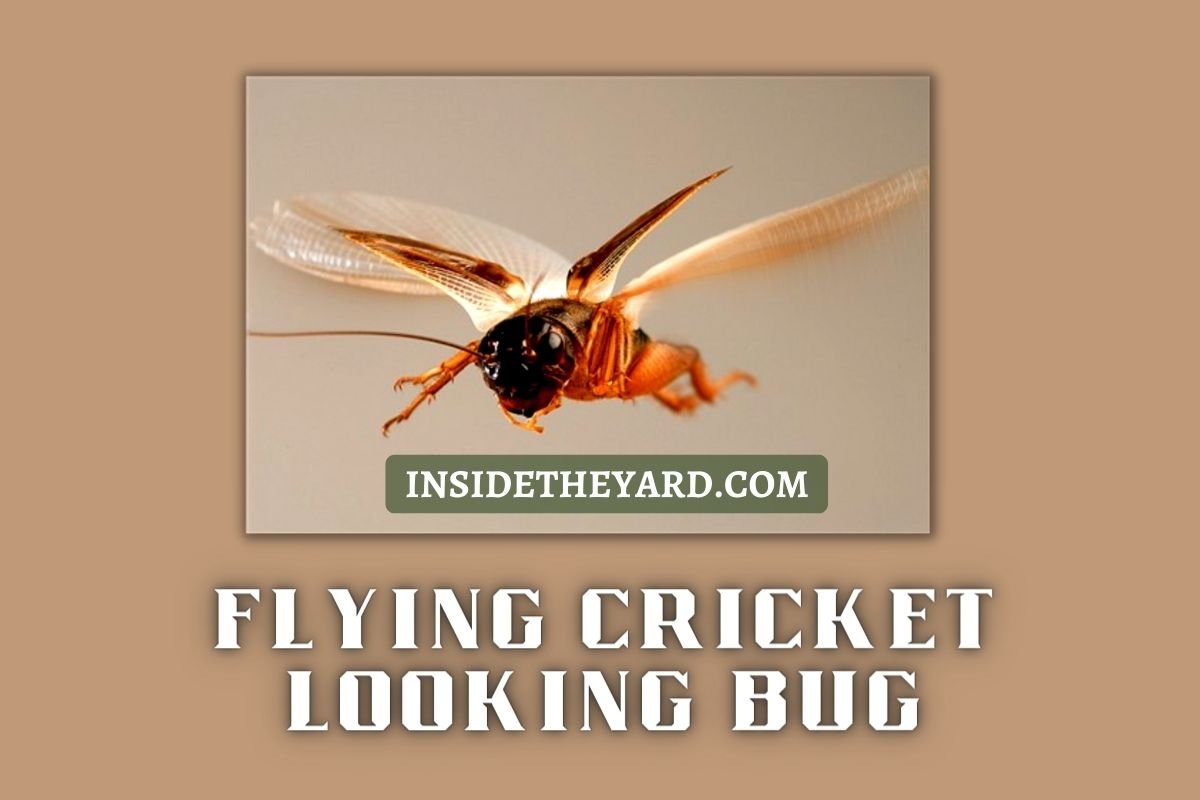Have you ever seen a flying cricket looking bug and wondered what it was? One of these strange creatures is a type of beetle known as a “Water scavenger beetle.”
Water scavenger beetles are found worldwide and play an essential role in the ecosystem by scavenging dead and decaying matter from aquatic environments. They are intriguing beings with a variety of distinctive traits. However, in this article, we will provide additional information on these intriguing insects.
Is Flying Cricket Looking Bug a Cricket?
Crickets are a type of bug connected genetically to grasshoppers and katydids. They are often brown or black, and their antennas are pretty lengthy. Crickets can bounce and float, and touching their wings simultaneously makes them chirp.
The cricket fly bug is fascinating and many people mistake for regular insects. These flying insects are quite different from their land-dwelling cousins and have some exciting features that make them unique.
For instance, crickets have two pairs of wings – the front pair is more considerable and used for flying, while the back pair is smaller and used for balance. They also have long antennae, which they use to navigate and find food.
Despite their name, not all crickets can fly. Most cricket species are ground-dwelling insects that only take to the air when they need to mate or escape predators. However, a few flying cricket species are pretty common in North America.
The most common flying cricket is the small black cricket looking bug. These flying crickets are often mistaken for regular insects, but they are quite different.
So, what exactly is a flying cricket? A flying cricket is an insect that belongs to the same family as ground crickets but has adapted to live in trees and other high places. Flying cricket bug is usually found in tropical climates, and their diet consists mainly of leaves and other plant material.
Flying crickets aren’t dangerous to humans, but if they get into your house, you may have to deal with the hassle of dealing with them.
Different Type Of Flying Cricket Looking Bug
One common question is what bug looks like a cricket with wings? Many bugs resemble a cricket, but not all. These insects are characterized by their long antennae and wings, which are used for flying. Many of them either look harmless or pretty problematic. They frequently penetrate homes and workplaces, where they can inflict significant harm.
These mysterious creatures are small, dark-colored flying cricket bug with long legs and wings. They are often seen flying around houses and other structures. Though they don’t bite or sting, they don’t carry diseases. It is in most cases preferable to refrain from interfering and simply let them get on with their activities. You have several alternatives available to block their entry into the premises.
As often as possible, you should keep your windows and doors closed and caulk any cracks or openings near the outside of your house. You can also try using insecticide sprays or traps to catch and kill the bugs.
Despite their unappealing appearance, these flying insects are fascinating creatures. If you put in the effort to educate yourself about them, you might be able to accept their existence in your house.
Several types of insects may be mistaken for flying crickets but are not. These include:
1. Australian Bush Fly
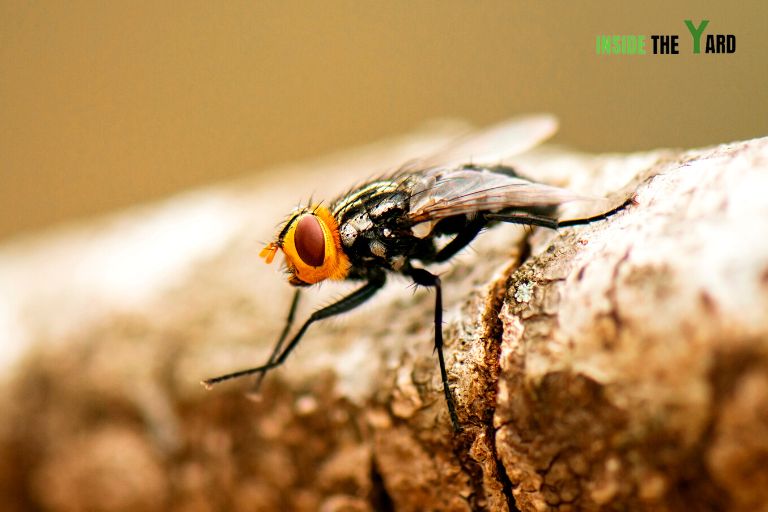
The bodies of Australian bush flies measure 6 to 8 mm in length and are black with yellow streaks. A little, dark-colored fly known as the bush fly is widespread in Australia. They can annoy both people and animals since they mimic flying crickets. They’re energized all day.
They don’t harm humans, wildlife, or lawns. However, because of their persistent buzzing and propensity to land on people, they may be a real pain in the neck. However, even though they aren’t hazardous, they are unsightly. It is preferable to avoid them as much as you can. You can help keep bush flies under control by doing several different things, including the following:
You can keep your property clean and free of clutter, as bush flies like to breed in unclean environments. Also, use insecticide sprays or baits around the perimeter of your property to help keep them away. Ensure all food is properly covered and stored away, as bush flies are attracted to food.
2. True crickets
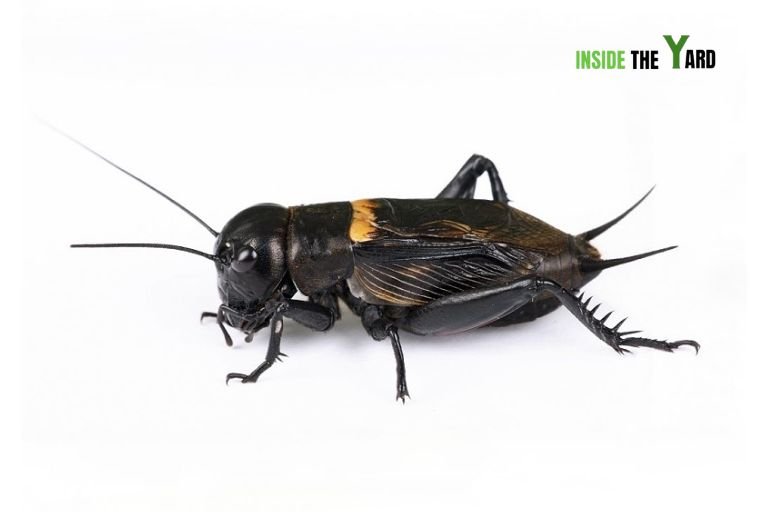
This bug is most likely a member of the Gryllidae family, more Gryllidae subfamily. Although true crickets can look a lot like their flying counterparts, they are actually a completely distinct kind of bug. True crickets are typically larger than flying crickets and have a more robust body. They are also generally more colorful, with black, brown, and red patterns on their wings.
There are several reasons why true crickets are pretty similar to flying crickets. To begin with, they are both a type of insect that is capable of flight and has wings. Second, their overall appearance reassembles of a brown and black flying cricket-looking bug. Both rub their wings together to produce a tweeting noise.
True crickets are usually found in fields and meadows while flying cricket bug are often located near houses and other buildings. True crickets are also generally more prominent than flying crickets. While both types of crickets can harm humans, animals, and yards, true crickets are generally considered more harmful than flying crickets.
3. Grasshoppers
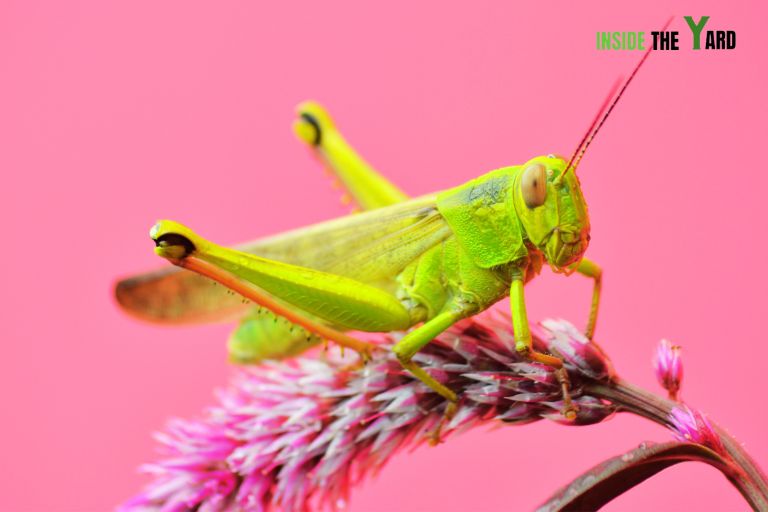
Grasshoppers resemble flying cricket bugs and can harm humans, animals, and yards. Both insects belong to the order Orthoptera, which contains a wide variety of similar creatures, such as katydids and cockroaches. These insects share features, such as long antennae, chewing mouthparts, and a hard exoskeleton.
One of the main ways to tell a grasshopper apart from a cricket fly bug is by looking at their legs. Grasshoppers use their longer back legs for jumping rather than their shorter front legs. Crickets, on the other hand, have front and back legs of roughly the same length, and they use these for walking. Grasshoppers and crickets can fly, although they are generally better at it.
These insects are both considered pests in many parts of the world. They can damage crops and gardens, and their loud chirping noises can be very annoying.
4. Katydids
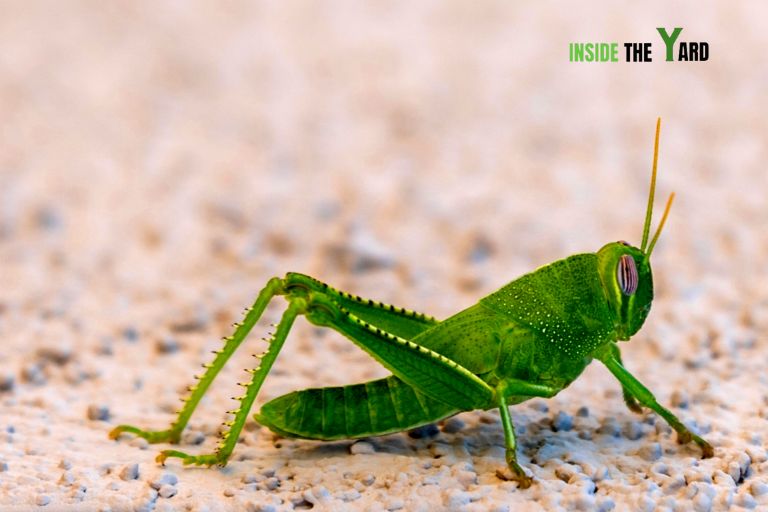
Katydids are usually correlated to flying cricket bug and share many of their characteristics. They have huge eyes with many lenses and long, slender antennas. Their wings are transparent and frequently green or brown. Katydids are found all over the world and are known for their loud, chirping noise. They’re not harmful to humans or animals but can be a nuisance in your yard if they’re in large numbers.
If you have many of them, you might want to consider using some pesticides to get rid of them. Otherwise, enjoy their presence and try to appreciate their beauty!
5. Cockroaches
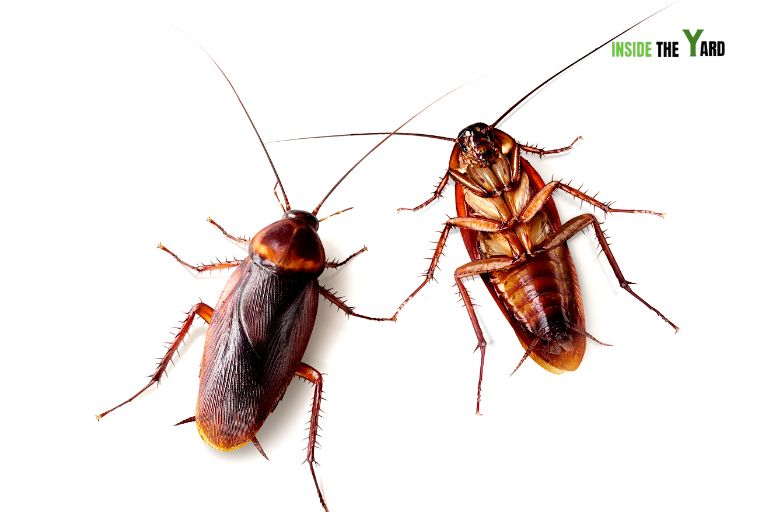
These insects are more closely related to termites than crickets or grasshoppers. Cockroaches are typically brown or black flying cricket looking bug, and have long antennae. Some species of cockroach can fly, but most cannot.
6. Earwigs
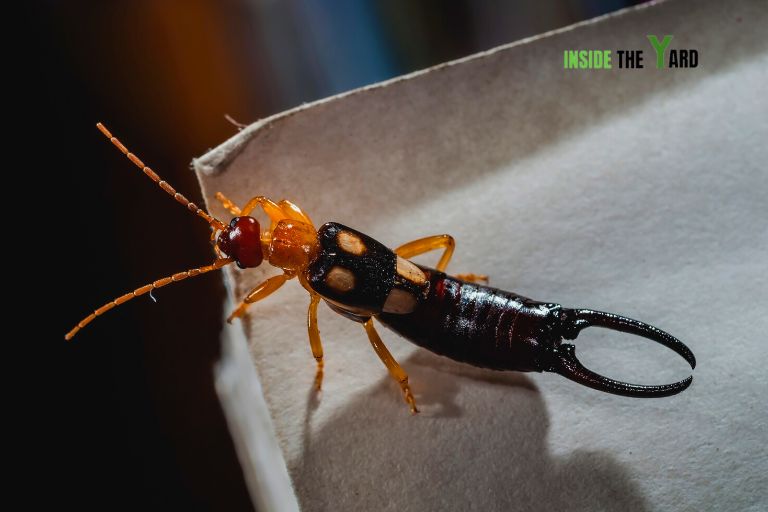
Earwigs are pretty similar to flying cricket bug. In terms of physical appearance, earwigs have long, slender bodies with two pairs of wings. The front wings are stiff and leathery, while the back wings are delicate and membranous. Earwigs get their name because they have a couple of small pincers or “Cerci” on their rear end. To defend themselves and catch food, the earwig uses these pincers.
Despite their somewhat threatening appearance, earwigs are harmless to humans and animals. They are not known to bite or sting, and they generally do not cause any damage to yards or gardens. The problem arises when earwigs penetrate dwellings in significant numbers. You should get in touch with a competent pest control provider if you have a significant earwig problem.
7. Fireflies
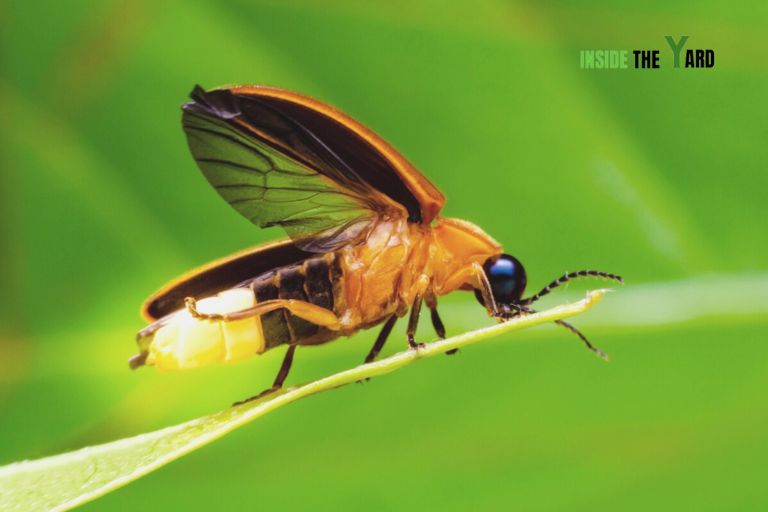
Fireflies are pretty similar to flying cricket bug. They are both nocturnal insects that are attracted to light. However, fireflies are not harmful to humans, animals, or yards. They’re helpful since they devour plant-harming insects. Fireflies typically have long, slender bodies with two pairs of wings. They are usually yellow or red, and their wings are often decorated with bright colors and patterns.
8. Milkweed Plant Bug
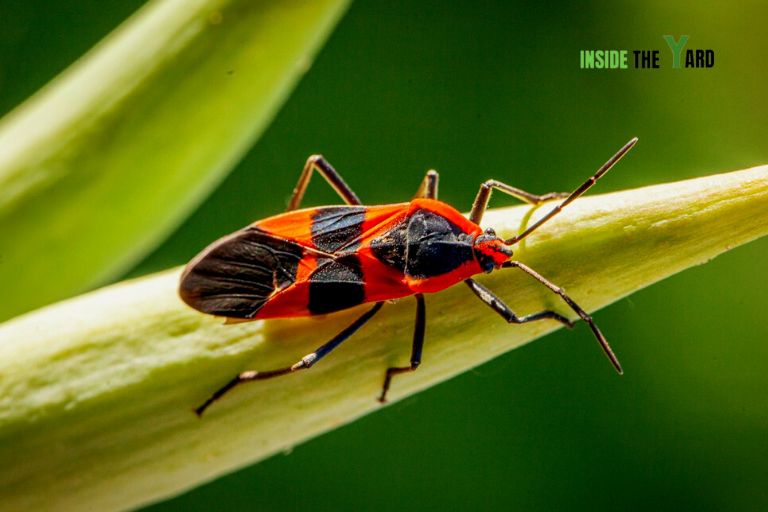
The milkweed plant bug is quite similar to the flying cricket. They are not dangerous to people, animals, or yards. If they get into your house, though, they could become an annoyance. If you have milkweed plant bugs in your home, you should vacuum them up and dispose of them outside.
9. Green Stink Bug
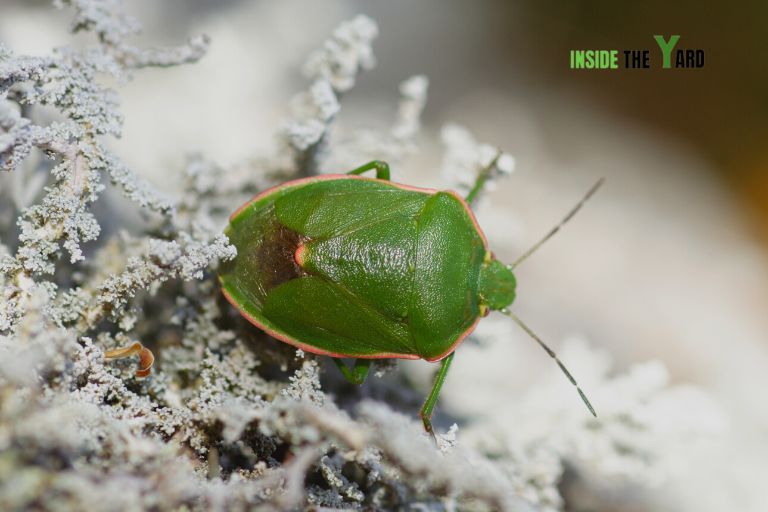
The green stink bug is a type of True Bug that is often mistaken for a flying cricket bug. It is a group of insects that includes many plant-feeding pests. The awful smell that stink bugs give off when disturbed is likely whence they got their moniker in the first place. Even though they don’t hurt people, they can be annoying if they get into your house or garden.
Green stink bugs are plant feeders and often suck the juices out of fruits and vegetables, causing them to rot. As a gardener, you may discover that your plants are being damaged by these pesticide-resistant fungi. You can control green stink bugs by using insecticides or traps. If you have any questions about how to get rid of green stink bugs, you should contact a pest control professional.
10. Brown Marmorated Stink Bug
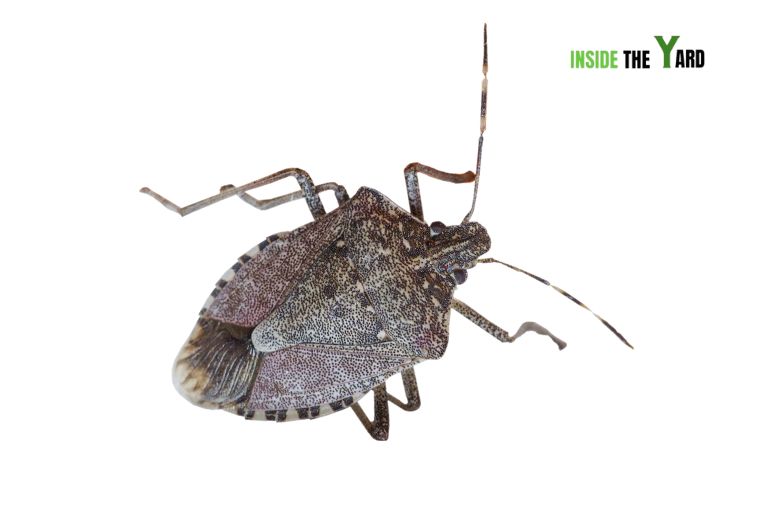
In both size and structure, brown marmorated stink bugs are very similar to flying cricket bug. In addition, they can have a black or dark brown coloration, and their feathers have a sequence of dark bands over the surface. The name stink bug comes from the terrible stench they release when disturbed or squashed. These pests are a serious agricultural problem, as they feed on various fruits and vegetables.
In the United States, they are particularly damaging to apples, peaches, and soybeans. It is believed that brown marmorated stink bugs came to the United States in the 1990s from Asia; they are not native to this country. They are not dangerous to people or other animals.
11. Boxelder Bugs
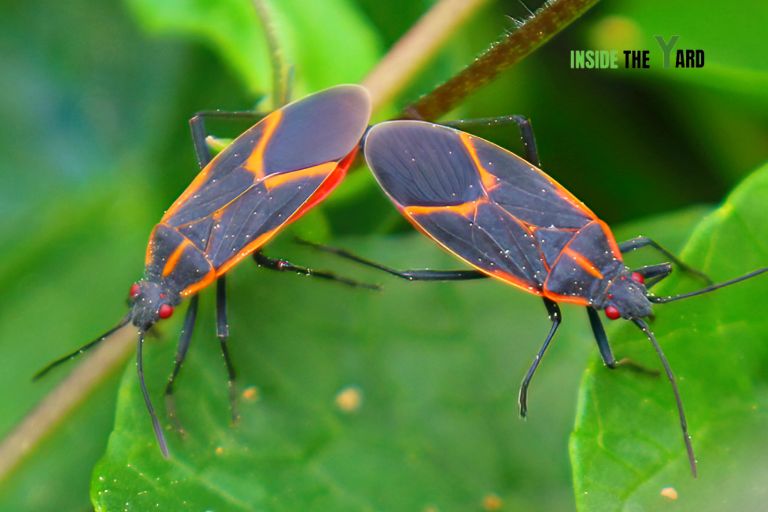
The boxelder bug is an actual bug similar to a flying cricket bug. They have long antennas and are predominantly black, with orange or red patterns on their wings. The boxelder bug poses no threat to either people or other animals. However, due to the fact that they frequently cluster in great numbers, they may be a real pain.
They are attracted to gardens and yards because of the boxelder trees. These trees are their primary food source, so they can be a pest to gardeners trying to grow other plants.
12. Silverfish

Silverfish are quite closely related to black flying cricket looking bugs. They share many similarities in appearance, including their small size and long, slender antennae. However, silverfish are not harmful to humans, animals, or yards. They can even be beneficial since they help eat decomposing leaves and other organic matter.
Even though silverfish aren’t the most aesthetically appealing critters, they are safe and can be useful in the home. One method for getting rid of silverfish is to use insecticide and spray it on them. Additionally, you can use silverfish traps or a repellent to keep them away. Severe infestations may require pest treatment.
13. Sowbugs
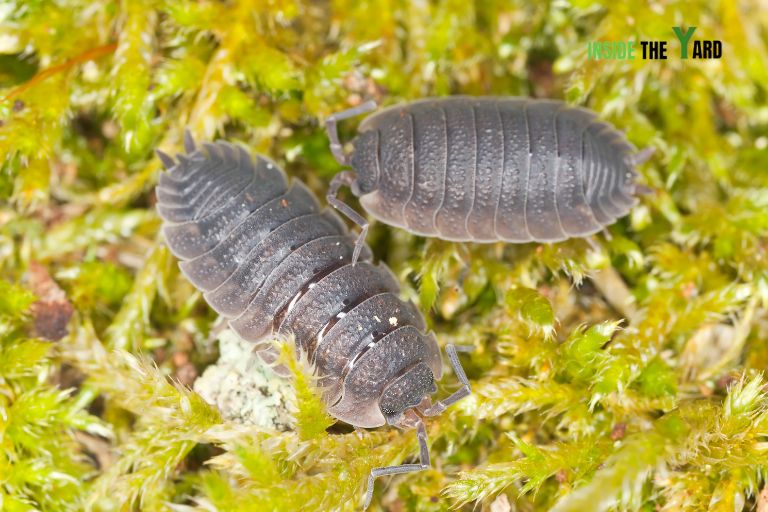
Sowbugs, also known as woodlice, are small, crab-like creatures that are often found in damp places. They are pretty closely related to black flying cricket looking bugs. This is owing to their visual attraction. They have six legs and two antennae, making them look similar to crickets.
However, they are not harmful to humans, animals, or yards. Because they aid in degrading organic material and enhance soil health, they are highly advantageous.
14. Japanese Beetle
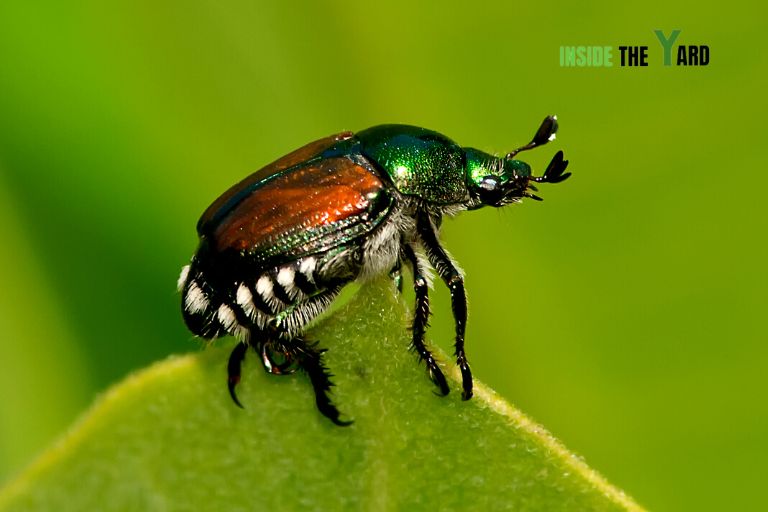
Japan beetle is pretty similar to the flying cricket bug. Their wings enable them to soar through the air. The antennae of both of these insects are quite lengthy. Nevertheless, there are a few significant distinctions between the two types of insects. The bodies of Japanese beetles are firm and shiny, whereas those of flying crickets are softer. In addition to their distinctive surface patterns, Japanese beetles are easy to recognize from other species.
There is no proof that Japanese beetles are dangerous to people or animals. On the other hand, they can be a nuisance in outdoor spaces like gardens and yards. People are aware that they eat plant leaves, which is bad for agriculture because of the pesticides they produce.
15. Stoneflies
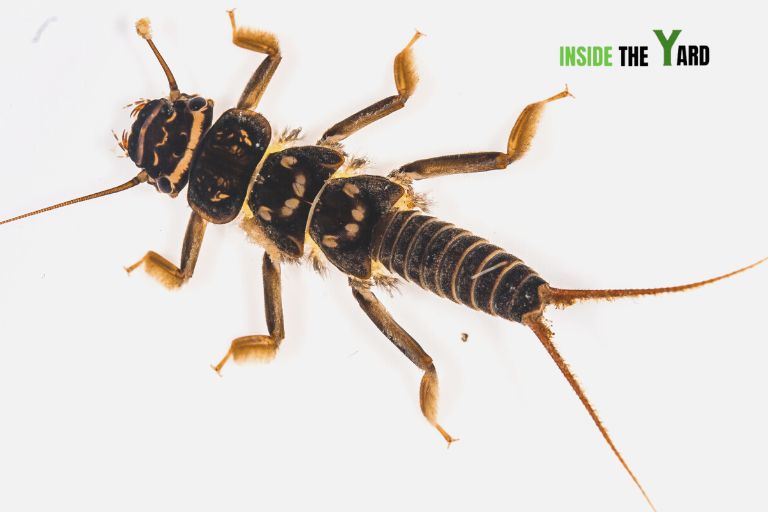
Stoneflies are pretty closely related to small black cricket-like bugs. They can harm humans, animals, and yards if not appropriately controlled. If you have a stonefly problem, it is essential to take steps to manage them as soon as possible. There are a few different ways to do this, and the best method may vary depending on the severity of the problem.
Some methods of control include using insecticide sprays or baits, removing breeding areas, and sealing cracks and crevices where they may be hiding.
16. China Mantis
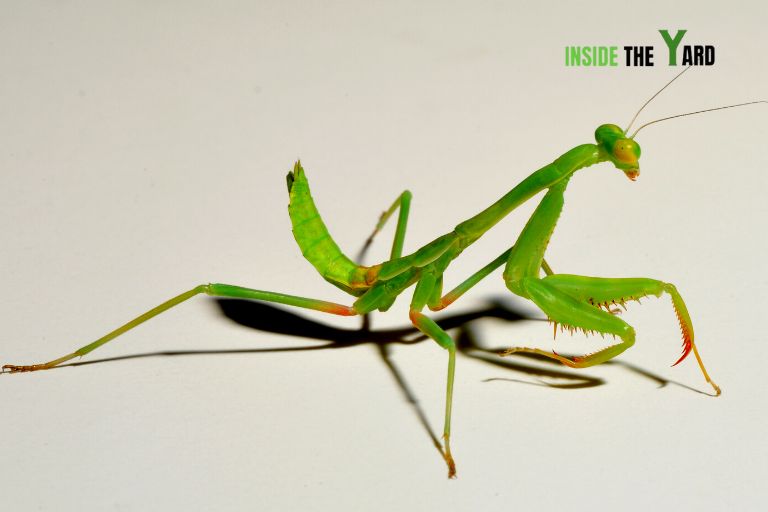
The Chinese mantis is a giant, predatory insect native to China and other parts of Asia. These mantis are easily recognizable by their long, slender bodies and large, triangular heads. Although they are often mistaken for flying crickets, Chinese mantis is harmless to humans and animals.
In fact, these predators can be beneficial to gardens and yards as they help control populations of harmful insects. Chinese mantis is relatively easy to care for and make fascinating pet. If you are thinking about keeping one as a pet, be sure to do your research beforehand and purchase a healthy specimen from a reputable dealer.
To sum up, there are several insects that may be mistaken for flying crickets. However, these insects are actually not crickets at all. They include true crickets, grasshoppers, katydids, earwigs, and fireflies. Most of these insects are not harmful to humans, animals or yards.
If you find these insects outside, they will eventually die off on their own. However, if you want to get rid of them immediately, you can spray them with insecticide. Just make sure to follow the directions on the label carefully.
Frequently Asked Questions (FAQs)
What insect looks like a giant cricket?
The insect that looks like a giant cricket is a species of katydid. Katydids are part of the family of insects known as Orthoptera, which also includes grasshoppers and crickets. This particular katydid species is found in Central and South America and can grow up to six inches long. While they may look harmless, katydids can be quite dangerous. They are notorious virus carriers and can cause nasty stings. They aren’t thought to pose a serious hazard to people, though.
What bug looks like a white cricket?
The white cricket is a type of bug that looks like a miniature white version of the common cricket. These insects are found in many parts of the world and can be a nuisance to homeowners because of their ability to chirp loudly.
What are the crickets with wings?
Many types of crickets have wings instead of traditional cricket legs. Some of these include common house cricket, camel cricket, and field cricket. If you see an insect that looks like cricket but has wings, it is most likely one of these three types of insects.
Can field crickets fly?
Yes, field crickets can fly. Their flight is powered by their large hind wings, which are covered in tiny hairs that help them glide through the air. Although they are not particularly fast flyers, they can cover a fair distance and even change directions quickly if necessary.
Conclusion
So, is the flying cricket looking bug playing a good or bad role? Honestly, it’s probably a little of both. On the one hand, they play a crucial role in the food system and can assist in keeping unwanted pests at bay. On the other hand, they can be pesky and destructive when they invade our homes or gardens.
In the end, it’s all a matter of perspective. What steps should you take in the situation that you come across one of these bugs? It all depends on where you live and the weather conditions you’re dealing with. If you are in a place where they are helpful, you should not bother them.
